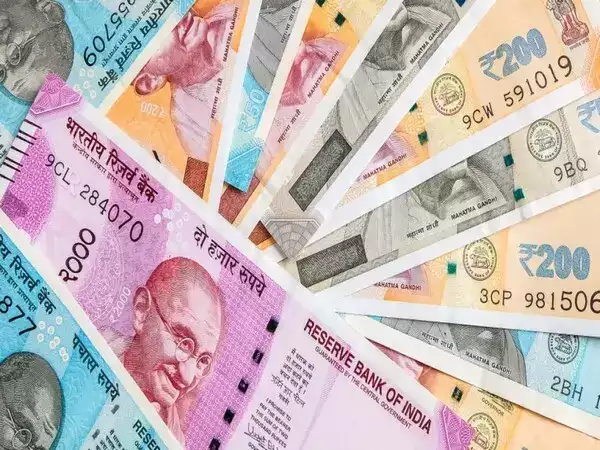 India's merchandise trade deficit rose to USD 37.84 billion in November from USD 27.14 billion in the previous month and much higher than USD 23.9 billion forecasted by economists in a Reuters poll.
India's merchandise trade deficit rose to USD 37.84 billion in November from USD 27.14 billion in the previous month and much higher than USD 23.9 billion forecasted by economists in a Reuters poll.The Indian rupee may slip to an all-time low on Tuesday with the currency, already under pressure from slowing growth, choppy equity flows and a dollar rally, will have to contend with an unexpected widening in trade deficit to a record high.
The 1-month non-deliverable forward indicated that the rupee will open at 84.88-84.90 to the U.S. dollar compared with 84.8625 in the previous session. The rupee hit a lifetime low of 84.88 last Thursday.
The jump in gold imports and weak exports pushed India's merchandise trade deficit to a record high in November, per data released just before the close of over-the-counter forex trading hours on Monday.
The trade deficit data "reinforces the ongoing view" that the rupee will continue to weaken at a moderate pace, a currency trader at a bank said.
"The obvious level to watch next is 85, a move past which is likely to push more hedging activity."
While the significant jump in gold imports may not sustain, the weakness in merchandise exports is likely here to stay, owing to high trade tensions on the horizon, Nomura said in a note, referring to the trade policies that U.S. President-elect Donald Trump is likely to implement.
Expectations that Trump will impose tariffs next year have spurred a rally in the dollar, undermining the rupee and other Asian currencies.
India's slowing economic growth, which is likely to mean that capital flows will be weak, is further hurting the rupee. Foreigners are likely to be net sellers of Indian equities this quarter.
Meanwhile, the Federal Reserve's two-day policy meeting gets underway later in the day. The decision is due Wednesday, with a 25-basis-point rate cut fully priced in.
